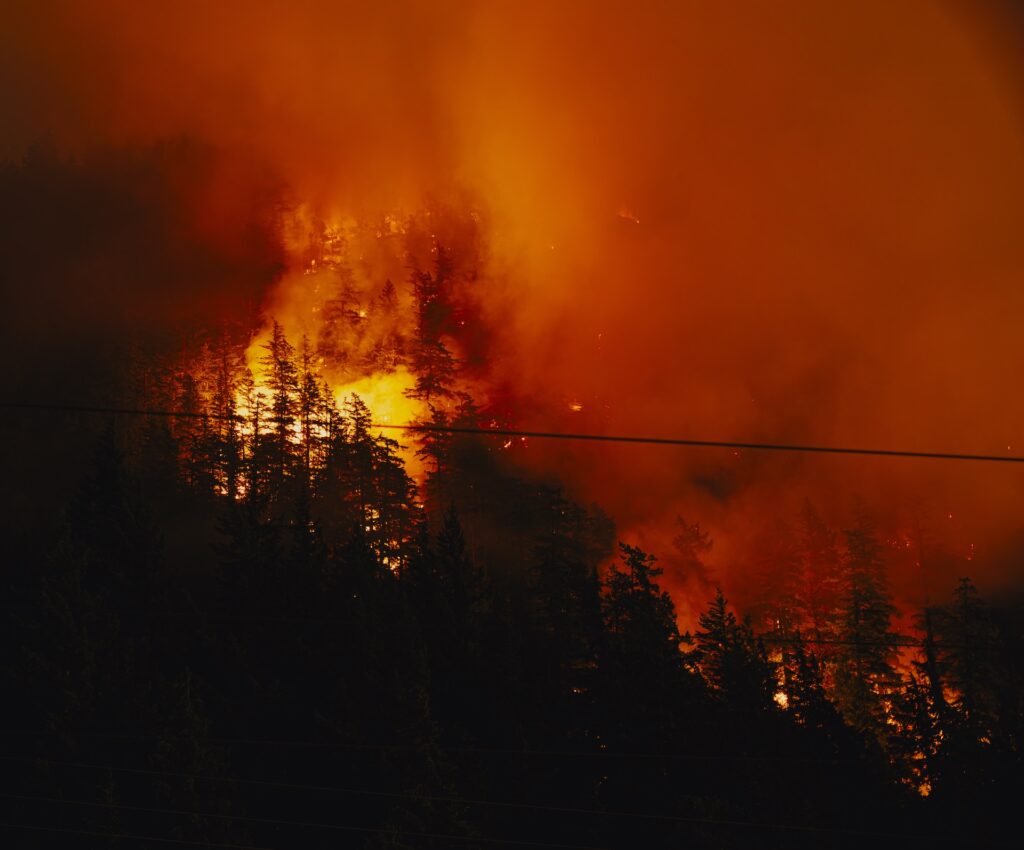
Introduction
The recent fires in Squamish, British Columbia, have brought significant attention to the challenges of wildfires in the region. With climate change intensifying the frequency and severity of such fires, the ongoing situation has raised concerns among residents and authorities alike. Understanding the implications of the Squamish fire is crucial for both immediate safety and long-term strategies in wildfire management.
Details of the Squamish Fire
On October 15, 2023, a fire broke out in the area surrounding Squamish, which quickly escalated due to dry conditions and strong winds. The Squamish Fire Department, along with teams from nearby municipalities, launched a rapid response to contain the blaze. As of the latest reports, the fire has consumed over 500 acres of forest land, displacing several families and prompting an evacuation order for certain neighborhoods.
Community Impact
The impact of the fire has been felt throughout the Squamish community. Local businesses have reported decreased foot traffic due to air quality warnings, and schools in the area have moved to remote learning to ensure student safety. Emergency shelters have been established to accommodate affected individuals, with local organizations stepping up to provide food and emotional support.
Response Efforts
Local authorities are not only focused on firefighting efforts but also on managing public safety and health. The Squamish-Lillooet Regional District has activated its emergency operations center, coordinating resources and information dissemination. Firefighters are using both aerial and ground tactics, including controlled burns to create firebreaks and prevent the fire’s spread to populated areas.
Looking Forward
The situation remains fluid, but authorities are optimistic about controlling the fire. As the weather forecast predicts incoming rainfall, it may bring much-needed relief. However, the potential for flare-ups persists, making it critical for residents to stay informed and follow official updates. Community leaders urge citizens to remain vigilant and prepare for any further changes in evacuation orders.
Conclusion
As the Squamish fire continues to unfold, it serves as a stark reminder of the reality of wildfires exacerbated by climate change. The active response by local authorities and the resilience of the community highlight the importance of preparedness and collaboration. For residents, staying informed and following updates are vital steps in navigating this challenging situation. Moving forward, discussions around sustainable land use and fire prevention strategies will be integral for safeguarding the Squamish region against similar threats in the future.



